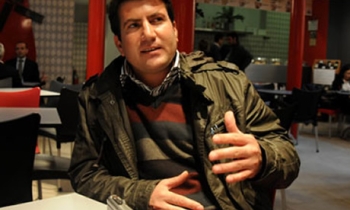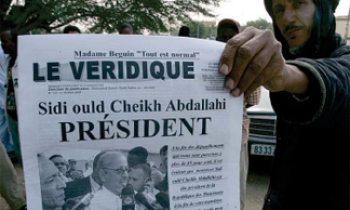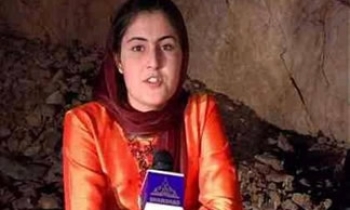Women's trend stories are themselves a trend -- a trend toward trendy reporting in all kinds of media outlets, not just in the fluffy realm of "women's magazines."
Trend stories don't usually call themselves trend stories, but the identifying features are unmistakable. They employ headlines with the words "new" and "next," sometimes followed by markers like "generation" or new monikers for populations ("tweens," "twixters," "boomers," "lipstick lesbians," "metrosexuals," etc.).
Studies are cited but anecdotes are relied upon to validate findings. Stock phrases like "a sense of" with modifiers like "many," "most," "few," and, especially, "increasing" or "decreasing" are scattered liberally.
Celebrity examples of a trend -- e.g. Ryan Phillipe and Reese Witherspoon demonstrate that couples are marrying younger -- are a staple of the form.
Trend stories have long been the realm of women's magazines and special-interest publications -- a headline from a 1901 Ladies Home Journal reads "Why Are We Women Not Happy?" -- but only in the past few decades have these types of reports begun to dominate newsmagazines and newspapers. Time magazine's famous 1966 cover, a black background with the red words "Is God Dead?" was a turning point in trend. Television news followed print's lead, expanding cultural coverage with news-magazine shows like "60 Minutes" and "20/20."
The Chronicle is no stranger to trend reporting -- a recent article on "ubersexuals," for example, in the Style section, covered the supposed new breed of masculine heroes epitomized by Bill Clinton, Bono and Barack Obama. The paper also runs a weekly column focusing on the lives of single, middle-aged women with an emphasis on dating challenges.
By the '90s the form was so pervasive that Daniel Radosh wrote in a 1998 GQ story on the subject, "No longer is news a matter of who did what? These days it's what are we doing? ... In pursuit of these questions, and with a desperate assurance that there are answers, American media have become obsessed with deconstructing the nation's social and personal habits, revealing their hidden patterns and reading them, entrails-like, to divine our fortunes."
Trend stories don't appear to be a mere flash-in-the pan, either; the growth of "cool hunting" marketing agencies and razor-sharp niche advertising points to the hunger for information about current cultural movements.
"The trend story is a way to include people who are not 'newsmakers,' but who are in fact having a real impact on the face of America," journalist Elizabeth Austin is quoted as saying in the Radosh piece. "It's a way for the news magazines to confront and analyze daily life in a way the women's magazines have for a century."
Trend stories also probe cultural "sore spots," says Slate media critic Jack Shafer, speaking in a phone interview. Shafer points out in his column the remarkable similarities between a 1980 New York Times Page 1 story about Ivy League women desiring stay-at-home futures and "Many Women Set Career Path to Motherhood," a front-page piece by journalism student Louise Story that ran in September.
"I also think that anyone in late years of college is anxious about their future, asking themselves, 'What do I want to do?" Shafer says, commenting on the college story. "Also, I think that we all live vicariously through children and these kind of trend stories are an expression of adult anxiety."









